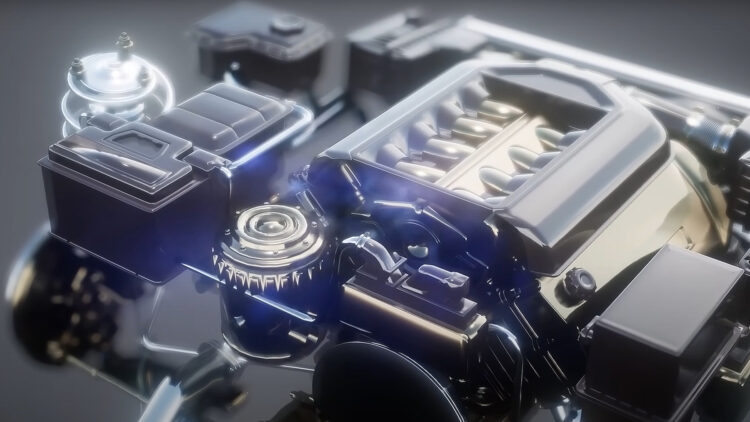In a surprising twist within the automotive industry, the Marangoni Toyota GT-86 Eco-Explorer has emerged as a game-changing vehicle that runs on ammonia fuel. First unveiled at the Geneva Motor Show a few years back, this hybrid sports car combines traditional gasoline with ammonia, challenging the conventional narrative around eco-friendly automotive solutions. With the ability to drive 111 miles on ammonia alone, this car represents a huge step towards sustainable driving.
Marangoni Toyota GT-86 Eco-Explorer: A unique hybrid system that uses ammonia
The Eco-Explorer is designed with a cutting-edge NH3 engine system that allows it to use both gasoline and ammonia that’s stored in a separate tank. At lower speeds, the car can operate exclusively on ammonia, while at higher speeds, it seamlessly shifts to gasoline for enhanced power.
Marangoni claims that one liter of ammonia costs 20 cents, allowing the GT-86 to cover around 112 miles with a full eight-gallon tank. This dual-fuel capability ensures that the cat maintains its performance, offering an enjoyable driving experience akin to that of the standard Toyota GT-86.
Developed by Bigas International in Italy, the ammonia fuel system prioritizes safety and efficiency. The system incorporates a specialized pressure reducer, the RI21JE, which adheres to rigorous safety and reliability standards. One of the standout features of the Eco-Explorer is its impressive reduction in emissions; as a result, the vehicle emits no fine dust particles and significantly lowers carbon emissions.
With its hybrid engine, the Eco-Explorer combines performance and sustainability
Thanks to its innovative technology, the Eco-Explorer does not compromise on performance in the name of sustainability. It has been reviewed positively by automotive experts for its great handling and agility, with one journalist noting that “the Eco-Explorer is still just as enjoyable to drive as a standard GT-86.”
The notion of combining enjoyment with eco-friendly technology is a unique aspect of the car’s appeal. In addition, the design of the car reflects a blend of elegance and sporty aesthetics, boosted by Marangoni’s distinctive “M-Power EvoRed” tires, which contribute to both performance and style.
The Eco-Explorer is part of the broader SAVIA (Sistema di Alimentazione di Veicoli a Idrogeno e Ammoniaca) project, the aim of which is to promote the use of hydrogen and ammonia as alternative sources in vehicles. This initiative involves collaboration between multiple Italian research institutions and industry leaders—including Regione Toscana, Pont-Tech, and the University of Pisa, among others—highlighting the potential for ammonia in green mobility.
Beyond the Eco Explorer, the SAVIA project is also exploring ammonia-powered range extenders for electric vehicles, emphasizing the versatility of this alternative fuel.
Challenges ahead: The future of ammonia fuel
The Marangoni Toyota GT-86 Eco-Explorer serves not only as a revolutionary experiment but also as a possible catalyst for change in the automotive industry. Nevertheless, while the potential of ammonia as an alternative fuel source is encouraging, obstacles remain.
The toxicity of ammonia necessitates stringent safety measures, including plug-and-play sensor modules that monitor emissions around the car’s cockpit and fuel system. Additionally, scalability poses a concern; significant investment is required to transition ammonia fuel from experimental to mainstream adoption.
Nonetheless, as the Eco-Explorer demonstrates, ammonia-powered vehicles can achieve both sustainability and performance.
Although Toyota has not yet fully committed to ammonia fuel and harnessing it across their vehicle lineup, the success of the Eco-Explorer could inspire other manufacturers to consider this eco-friendly option. As research continues, ammonia could play a vital role in reducing carbon reliance and redefining sustainable driving. The Eco Explorer stands as a testament to the possibilities of merging performance with environmental responsibility, sparking discussions on the future of automotive fuels.

